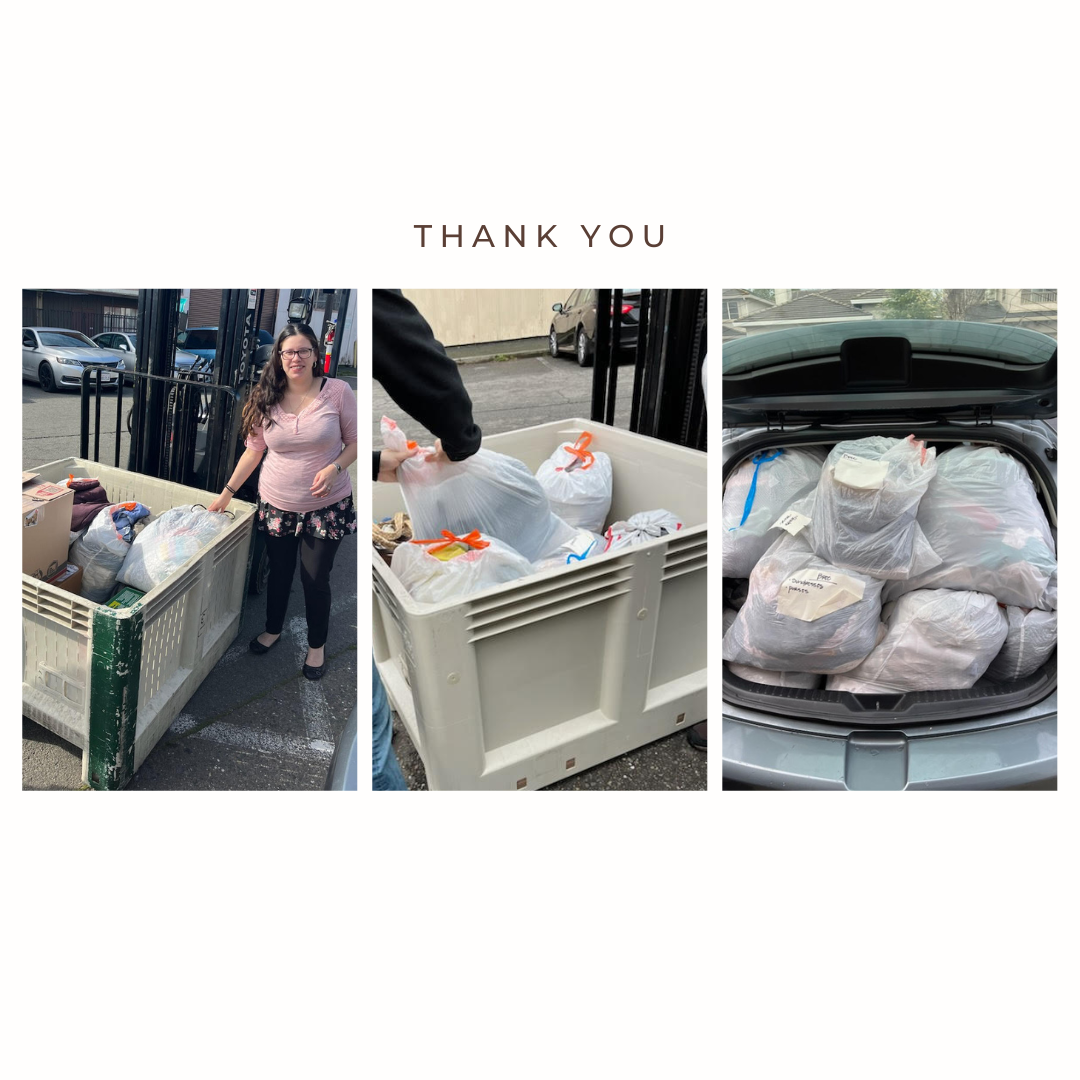Domestic violence casts a long shadow, affecting millions of women across the globe. Statistics from the National Coalition Against Domestic Violence (NCADV) paint a sobering picture: 1 in 4 women and 1 in 7 men in the US experience some form of intimate partner violence in their lifetime.
Leaving an abusive relationship is an incredibly brave decision, often fraught with fear and uncertainty. But you are not alone. Every step towards safety matters, and with careful planning and support, you can break free and rebuild your life.
Here are 5 crucial safety tips to guide you:
1. Prioritize Immediate Safety:
If you’re in immediate danger, don’t hesitate to call 911 or your local emergency number. Your safety is paramount. Remember, NCADV statistics reveal that every 10 minutes in the US, a police officer responds to a domestic violence call. Don’t wait for the situation to escalate further.
2. Create a Personalized Safety Plan:
When things are calmer, start building a personalized safety plan with trusted friends, family, or a domestic violence hotline advocate. Your plan should include:
- Escape routes: Identify multiple exits from your home, including windows, doors, and alternate paths.
- Packing a “go bag”: Pack essential items like important documents, medications, cash, change of clothes, and a phone charger in a bag you can easily grab and go.
- Safe havens: Determine safe places to stay, such as a trusted friend’s house, domestic violence shelter, or hotel.
- Communication plan: Decide how you’ll discreetly communicate your situation and need for help to trusted individuals.
3. Document the Abuse:
If it’s safe to do so, keep a record of the abuse. This could include written accounts, photos, or audio recordings of incidents. NCADV highlights the importance of documentation, stating that every 21-60% of domestic violence victims lose their jobs due to abuse-related issues. Having evidence can be crucial for legal protection and obtaining restraining orders.
4. Surround Yourself with Support:
Leaving an abusive relationship can be emotionally draining. Don’t isolate yourself. Seek support from trusted friends, family, or a domestic violence support group. Talking to someone who understands and can offer non-judgmental support can be immensely helpful. Remember, you are not alone.
5. Connect with Resources:
Don’t struggle alone. Utilize available resources in your community, such as:
- Domestic violence hotlines: The National Domestic Violence Hotline (1-800-799-7233) provides 24/7 support and can connect you with local resources.
- Shelters: Domestic violence shelters offer safe housing, support services, and legal advocacy.
- Legal aid: Legal aid organizations can assist with obtaining restraining orders, divorce proceedings, and other legal matters related to domestic violence.
Remember, leaving an abusive relationship is a process, not an event. Be patient with yourself and prioritize your safety and well-being. These tips are just a starting point. Reach out for help, lean on your support system, and believe in your strength. There is hope and healing beyond the darkness.
Additional Resources:
- National Coalition Against Domestic Violence: https://ncadv.org/
- National Domestic Violence Hotline: https://www.thehotline.org/
- The National Network to End Domestic Violence: https://nnedv.org/
Let’s raise awareness and break the cycle of domestic violence together. Share this article and empower others to break free.








